7 Anti-Inflammatory Foods That Work Like a Prescription Pill
Have you ever wished you could skip the medicine cabinet and turn to your kitchen for pain relief? Chronic inflammation is more than a buzzword—it’s linked to everything from arthritis aches to low energy and even heart concerns. Yet, nature provides powerful foods that help our bodies quiet inflammation, sometimes with effects similar to common prescription pills. The road to feeling better doesn’t have to be harsh or complicated; it can start with what you sprinkle on your salad or pour into your breakfast bowl. For those of us who have watched loved ones deal with joint pain or have felt the creeping stifness ourselves, the hope for a smoother, more comfortable day feels personal. The great news? You don’t have to overhaul your diet overnight. Small, steady choices—adding a berry-packed snack, reaching for golden turmeric, or swapping out refined grains—can make a difference. Science backs these everyday shifts, with medical experts noting that food can influence inflammation as powerfully as medication. If you’re ready to make peace with your plate and nurture your body at any age, the following foods are gentle allies. Not every change will be easy, and not every day will be perfect, but each new meal is another opportunity. Get ready to explore foods that do more than satisfy your hunger; they help quiet the aches and boost resilience, one bite at a time.
1. Salmon and Fatty Fish: The Omega-3 Powerhouse

If there’s a food that truly lives up to its reputation as nature’s “prescription” for inflammation, it’s fatty fish like salmon, mackerel, and sardines. These cold-water fish are packed with omega-3 fatty acids—EPA and DHA—which have been shown to dial down the body’s production of inflammatory compounds. In fact, a California Pain Clinic study found that 59% of patients were able to replace NSAID medications with fish oil supplements, highlighting just how robust the results can be when omega-3s become a menu regular. Adding two or three servings of fatty fish to your weekly routine doesn’t have to feel like a chore; grill salmon for dinner, bake mackerel with herbs, or toss sardines on whole-grain toast. While these fish are lauded by registered dietitians and physicians alike, safety is important. Choose wild-caught options when possible to lower mercury risk, and if you have a seafood allergy or take blood-thinning medications, talk with your doctor first. There’s no single food that guarantees comfort, but for many, these omega-rich fillets bring more ease to days—and more flexibility to joints.
2. Blueberries: Bite-Sized Antioxidant Shields
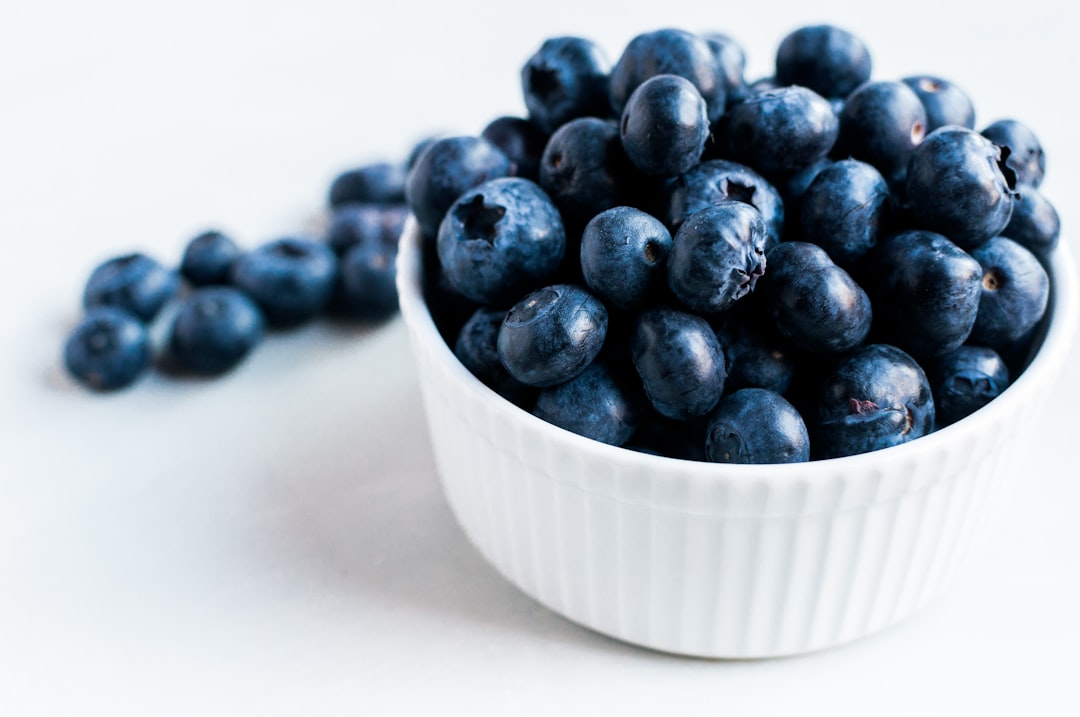
When you’re craving something sweet that also supports your joints and immune system, look no further than a handful of blueberries. These vibrant berries are loaded with anthocyanins—a family of antioxidants proven to fight off the inflammation that can make arthritis and muscle pain worse. Clinical nutritionists, including those at major hospitals, often recommend swapping sugary dessert for a bowl of blueberries, as their natural sugars don’t trigger the same inflammatory response. Whether mixed into oatmeal, blended in a smoothie, or enjoyed straight from the carton, they offer both flavor and real relief. If fresh berries aren’t in season, frozen work just as well and can be stirred into yogurt or pancakes. The benefits go beyond short-term comfort; regular blueberry eaters often report steadier energy and fewer flare-ups, making them a deliciously simple tool for managing inflammation day to day.
3. Leafy Greens: Nutrient-Rich Defense
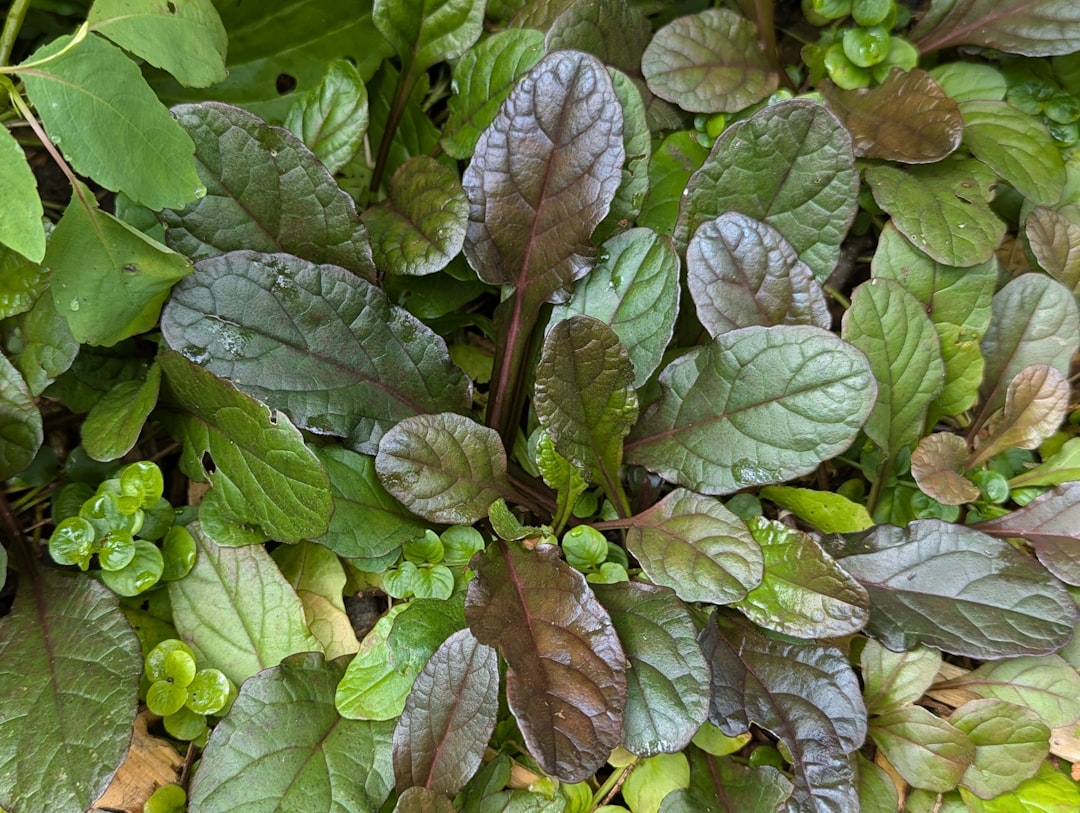
It’s easy to overlook the power of humble greens like kale, spinach, broccoli, and Brussels sprouts, but for anyone seeking a natural anti-inflammatory edge, these vegetables are stars. Their high vitamin C and vitamin K content helps neutralize the cellular stress that drives inflammation, while their phytonutrients protect against cartilage breakdown linked to arthritis. Numerous dietitians—including those at the Hospital for Special Surgery—encourage making leafy greens a daily staple, whether blended into green smoothies, tossed fresh in salads, or gently wilted into soups. Their fiber supports gut health too, providing a foundation for more resilient whole-body wellness. If raw greens feel tough to enjoy, start by adding handfuls into cooked dishes; they’ll cook down and meld with flavors easily, making it simple to sneak in those crucial anti-inflammatory compounds with every meal.
4. Turmeric: Nature’s Pain Relief Capsule

Gold-hued turmeric isn’t just a superstar of global cuisine; it’s one of the most researched natural anti-inflammatories available. Its active compound, curcumin, has been shown in clinical studies to act comparably to NSAIDs by blocking inflammatory pathways in the body. California Pain Clinic reports highlight turmeric’s sizable effect, and interest from both doctors and patients has soared, especially among those wanting gentler options. But turmeric isn’t without precautions—it interacts with more than 10 medications, so it’s smart to double-check with your healthcare provider if you’re on prescription drugs, especially blood thinners. For plenty of people, though, stirring turmeric into warm milk, blending it into smoothies, or sprinkling it over roasted veggies is a soothing act of self-care. Adding black pepper when you use turmeric can boost its absorption, amplifying its supportive effect for tired joints and muscles.
5. Cherries: Sweet Relief for Sore Joints
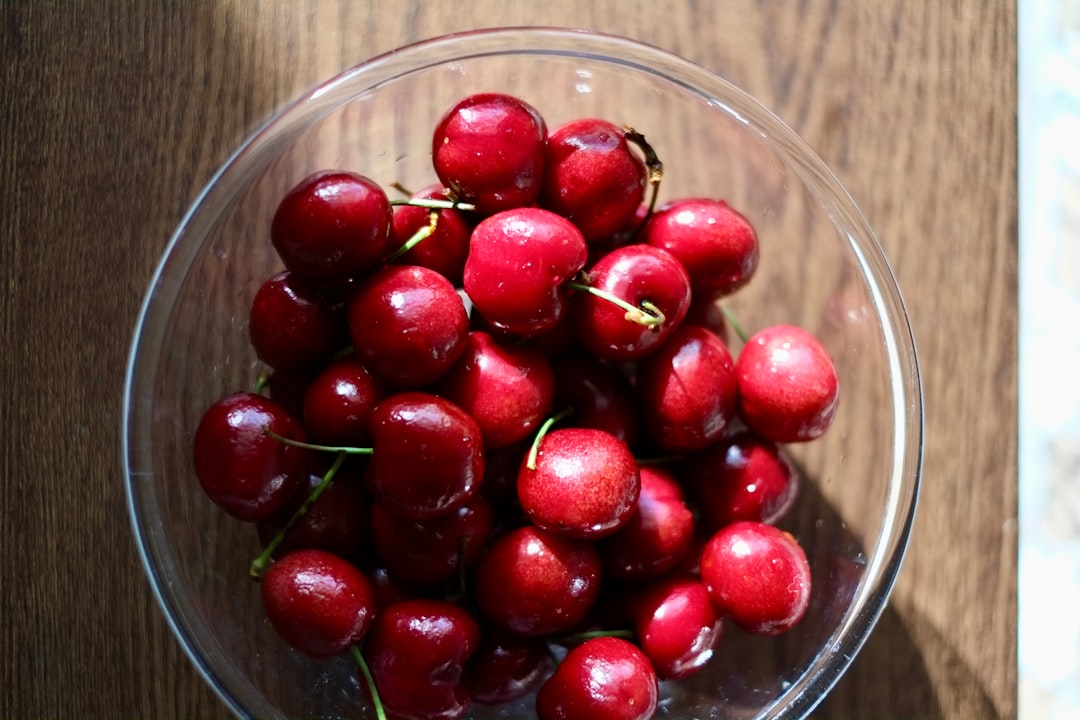
Tart cherries are more than a summer treat—they pack a real punch against inflammation thanks to high levels of anthocyanins, the same compounds found in blueberries. Some studies suggest eating cherries or sipping tart cherry juice may help lower the markers for joint pain and even ease symptoms for those dealing with gout. Nutritionists often recommend adding cherries to the mix, whether for midday snacks, as a frozen smoothie base, or simply as a natural dessert. If you’re looking for a little more sweetness in your day, this is one swap with science on its side. Cherry juice is particularly popular among athletes for recovery, but it can also support anyone seeking less stiffness in the mornings. Just keep an eye out for juices without added sugars for the most anti-inflammatory mileage.
6. Whole Grains: The Fiber-Powered Shield
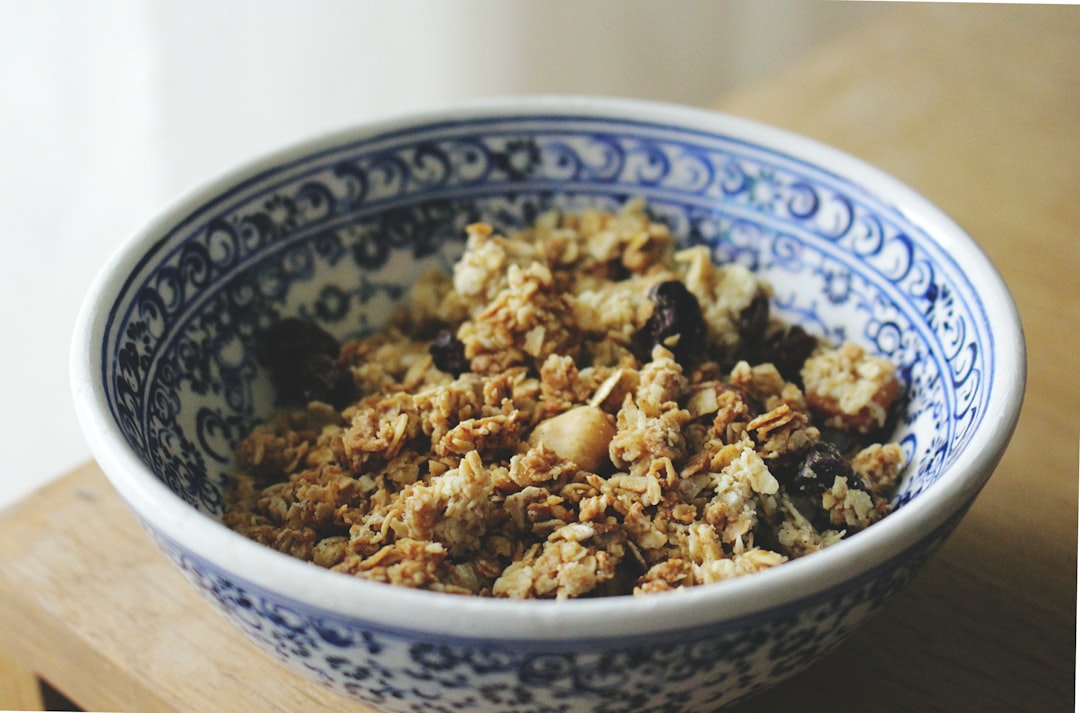
When it comes to dialing down chronic inflammation, whole grains like brown rice, oatmeal, and quinoa offer simple, everyday protection. These grains are rich in fiber, which helps regulate the immune response and can lower C-reactive protein (CRP)—a blood marker produced when inflammation is present. Swapping refined grains out for their whole-grain counterparts doesn’t just help inflammation; it also supports heart health and keeps blood sugar steadier. Enjoy oatmeal at breakfast, use brown rice as the base for veggie-packed bowls, or try quinoa as a nutty salad ingredient. Not only are you likely to feel fuller longer, you’re giving your body more steady energy for whatever the day brings. For those with gluten sensitivities, oatmeal and quinoa offer satisfying, wheat-free alternatives you can rely on.
7. Walnuts: Crunchy Allies for Joint Health

With their satisfying crunch and rich flavor, walnuts are a snack you can truly feel good about. These nuts deliver a plant-powered punch of omega-3 fatty acids and polyphenols, both celebrated for their ability to ease joint discomfort and support the body’s anti-inflammatory response. Regular walnut eaters often report less stiffness and more reliable energy, making them ideal for sprinkling over salads or mixing into smoothies and oatmeal. Even a small handful each day can add up to meaningful support for your heart and brain, too. While nuts are calorie dense, they’re also packed with satisfying protein and fiber, so it can be easier than you think to stick to a healthy portion. If you’re looking to swap out less-healthy snacks, walnuts make for both a delicious and restorative option.
8. Olive Oil: Liquid Gold of the Mediterranean

There’s a reason olive oil is a star of the Mediterranean diet—a pattern of eating acclaimed for combating inflammation in both research and real life. This heart-healthy fat contains oleocanthal, a natural compound that actually works in the body in ways similar to ibuprofen. Extra-virgin olive oil is especially high in anti-inflammatory phenols, so it’s worth investing in quality. Use it for drizzling over roasted vegetables, mixing in salad dressings, or gently sautéing greens—just avoid using it for deep frying to keep those beneficial compounds intact. For many, trading in processed seed oils for this staple is an easy step with benefits you can taste, and your joints and heart will thank you. Olive oil also fosters a sense of satiety, nudging you toward more plant-rich and balanced meals.
9. Legumes: Protein with Purpose
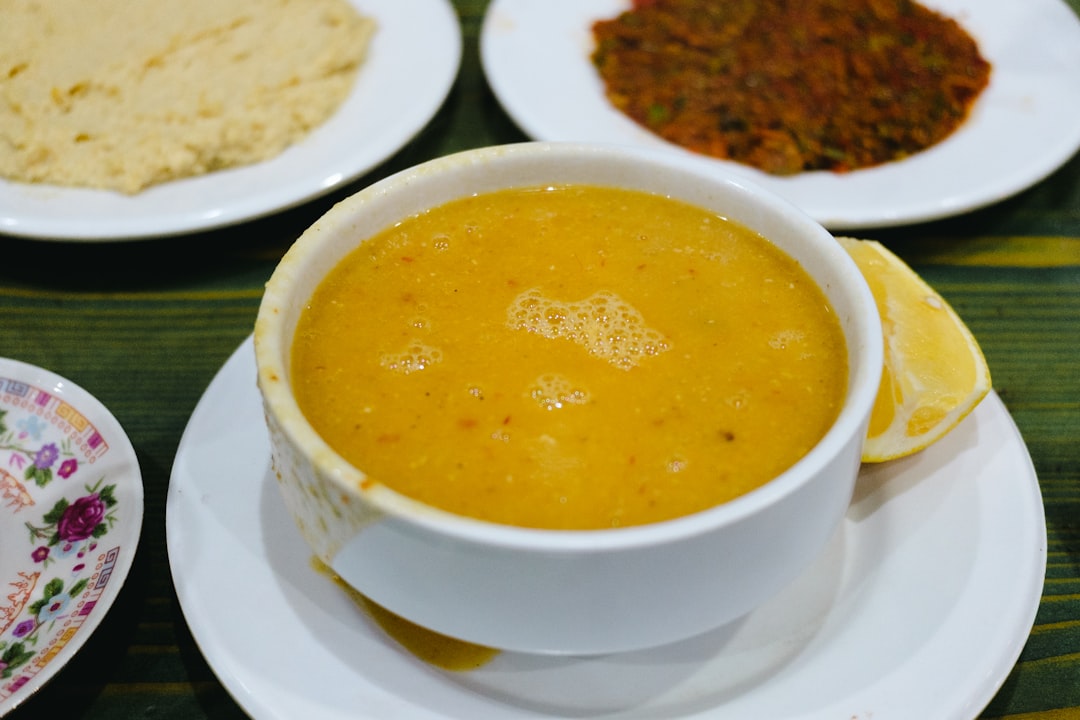
Beans and lentils are humble pantry staples with impressive anti-inflammatory perks. Rich in both protein and fiber, legumes help modulate the immune system’s inflammatory signals while delivering long-lasting energy. Magnesium and polyphenols within beans and lentils further support calm, comfortable joints—a win for those looking for protein beyond animal sources. Clinical nutritionists often include legumes in their recommended plans for vibrant aging, as they fit easily into most budgets and lifestyles. Whether you enjoy a hearty lentil stew, black bean tacos, or chickpea salads, you’re inviting more steady comfort into your daily routine. For anyone who’s worried about digestibility, starting with smaller portions and adequate soaking or cooking can make legumes gentle for even sensitive tummies.
10. Pineapple: Tropical Bromelain Boost
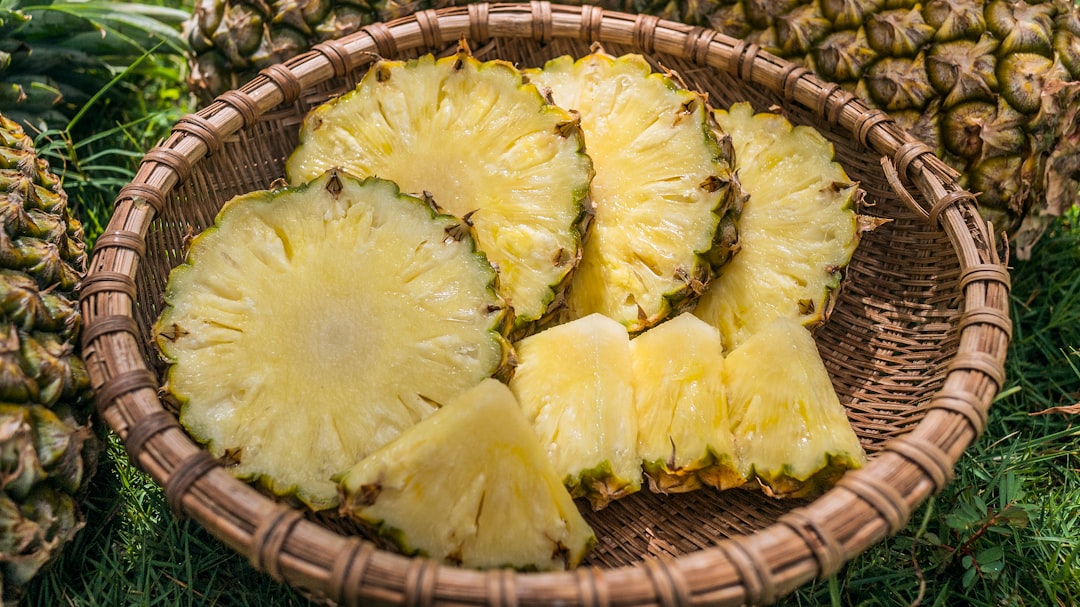
Bursting with sweetness and vibrant color, pineapple delivers more than just a taste of the tropics—it brings the enzyme bromelain, used in some recovery protocols for its gentle inflammation-fighting power. Small studies suggest bromelain may ease post-exercise soreness or joint pain for certain individuals. This makes pineapple a smart addition after active days or as a revitalizing snack. While fresh pineapple is best for maximum benefit, even canned (in its own juice, not syrup) is better than skipping it altogether. If you use blood-thinners or take certain medications, check with your healthcare team before ramping up pineapple intake; bromelain can impact how some medicines work. For most people, those juicy slices offer both pleasure and a little extra support—no prescription necessary.
11. Broccoli: Little Trees, Big Benefits
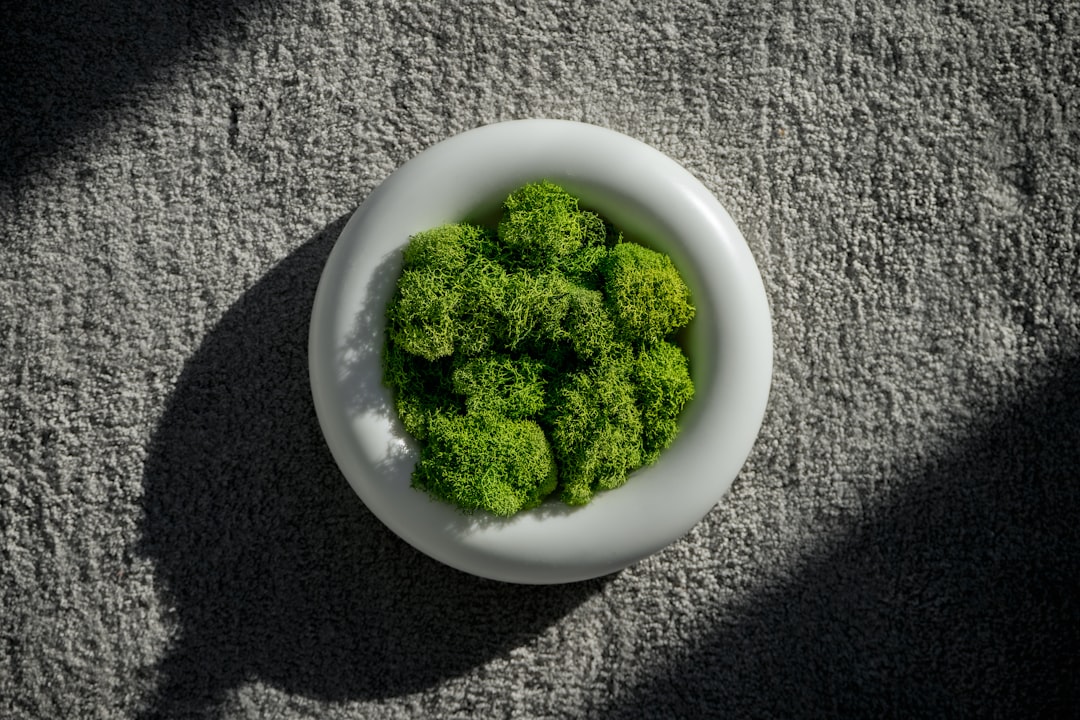
These mini “trees” are loaded with sulforaphane, a phytochemical that's gaining attention for its potential to lessen chronic inflammation throughout the body, from joints to digestion. A staple in anti-inflammatory and Mediterranean diets, broccoli is easy to love roasted, steamed, or even chopped raw into a hearty slaw. Eating broccoli regularly may even help the body’s own detox system, supporting both joint comfort and better energy over time. Experts highlight that you don’t have to eat a mountain at every meal—adding a portion a few times a week is a great start. For those with little ones or picky eaters, try pairing broccoli with a sprinkle of cheese or a splash of olive oil to bring everyone aboard the anti-inflammatory train.
Nourish Your Body, Embrace the Journey

Building a plate filled with anti-inflammatory foods is more than a trend—it’s an act of self-care that supports you in every season of life. Whether you’re exploring one new food at a time or simply finding creative ways to add a burst of color to your meals, the journey isn’t about perfection or instant results. It’s about small steps, gentle progress, and honoring the wisdom that comes from listening to your body. Every choice to include more berries, greens, or healthy oils is a pledge to your own well-being, showing yourself patience and encouragement along the way. If aches and discomfort make you feel limited some days, remember that kindness toward your body—including through what you eat—matters deeply. As you try new recipes or swap one ingredient for another, let each meal serve as a reminder: healing doesn’t always have to start with a pill, and you have more power to nourish yourself than you may realize. Here’s to feeling vibrant, staying curious, and giving yourself plenty of grace on the path toward lasting wellness.
